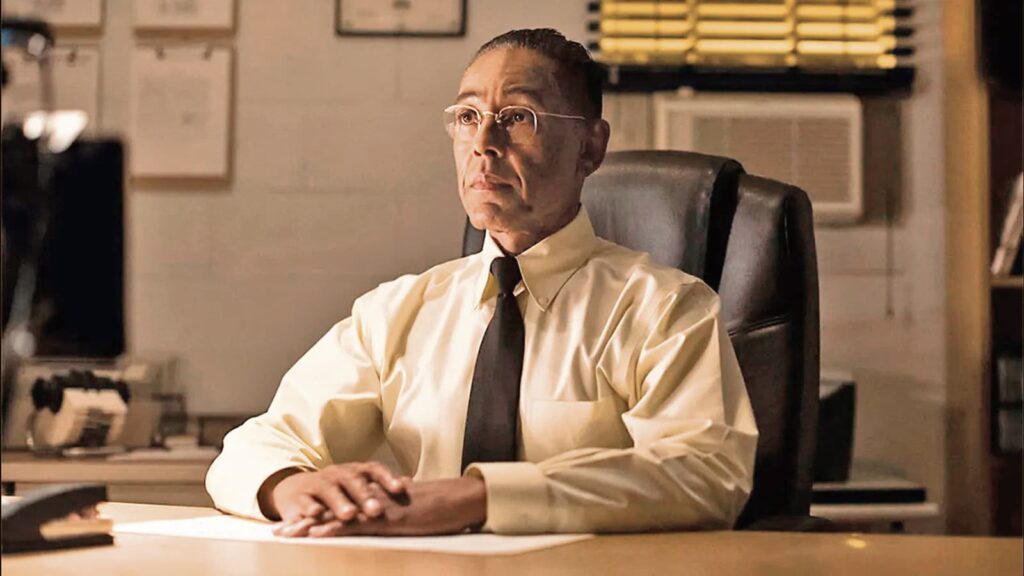I’ve been trying something out lately that has given me an unreasonable amount of joy.
It isn’t a gadget or an app, and it certainly isn’t one of those “morning routine” fads involving lemon water at sunrise or the belief that life can be hacked in five easy steps.
It’s The Pause.
Credit for this goes to Karan Thapar. I’ve admired the journalist, TV presenter (and HT columnist) for years, for his sharp mind, sharper questions and rare ability to make people squirm without raising his voice. But the thing I’ve stolen from him isn’t his interviewing style. It is the way he uses silences.
He asks a question. Gets an answer. And then… nothing. No “Right, right.” No “Yes, but…”. Not even a sympathetic nod to smooth over the gap.
Just stillness.
Before long, the other person starts talking again. They fill the space. Often, they reveal far more than they intended to.
Some time ago I decided that I ought to learn this skill. For someone who has spent decades making a living with words, asking, writing and responding, this isn’t easy. My instinct is to jump in, keep the conversation flowing and rescue everyone from the discomfort of dead air.
But slowing down? That’s where the gold is.
In my personal life, the pause has been humbling. I have realised that I am not nearly as good a listener as I thought I was. I nod. I make the right noises. I repeat the last three words (in that old journalistic trick).
But wait a beat and something else happens. The person really does keep going. They say the thing after the thing. The unplanned sentence. The half-formed thought. Often, that’s where the truth lives.
The pause makes for a different kind of listening too. One isn’t just hearing what has been said. One is making space for what hasn’t yet been said to find its way out.
In my professional life, waiting a beat has been entertaining too. People can’t stand silences. As they rush to fill them, they tell me why their competitor really got the deal, or commit to deadlines they swore they couldn’t manage. Sources, on the record, have finally said the thing they were dancing around. Once you see it work, you can’t help using it everywhere.
The pause also reveals how much of our talk is just a space-filler. We mistake constant motion for progress. Yet, sometimes, the most productive thing one can do, or say, is nothing at all.
The pause slows the world down.
As one waits, one notices the flicker in someone’s eyes before they speak. The shift in their tone. The little sigh before they continue. These are details we miss when we’re busy planning our own next statement instead.
The pause has also made me oddly comfortable with not-knowing.
I am typically someone who needs to have an answer ready, to prove that I’m quick, sharp and in control. But there is a quiet confidence to holding one’s ground in silence and taking one’s time to choose a response.
Of course, it can be overdone. Hold the pause too long and the moment tips into awkwardness. Use it manipulatively and people can tell. The point isn’t to game the conversation. It is to be genuinely present, listen, and give the other person room to think out loud.
Waiting, in comfortable silence, I find that my daughters are more willing to tell me about their day, and that dinner with friends feels more leisurely. The pause has even helped mid-argument. It’s incredible how the temperature drops when one stops trying to win the next point and instead lets the other person be heard. Sometimes they realise they were in the wrong. And sometimes they surprise you with a perspective you hadn’t considered.
We live in an age of constant commentary: on TV, in social media posts, at meetings. We have brought the endless scroll into our conversations. The pause is a powerful refusal to play the game on someone else’s clock.
Think of Beethoven’s Ninth Symphony. Some of the most powerful moments aren’t the notes themselves; they’re the silences between them. Those deliberate rests make the music swell with more force when it returns.
The pause works something like this. Deployed with genuine intent, it doesn’t break the flow. It shapes it, lets meaning settle, and allows the words we do use to matter more.
It works because the silence isn’t really empty. It is full of potential. It is where the unsaid waits, to find a way out.
(Charles Assisi is co-founder of Founding Fuel. He can be reached on assisi@foundingfuel.com)

